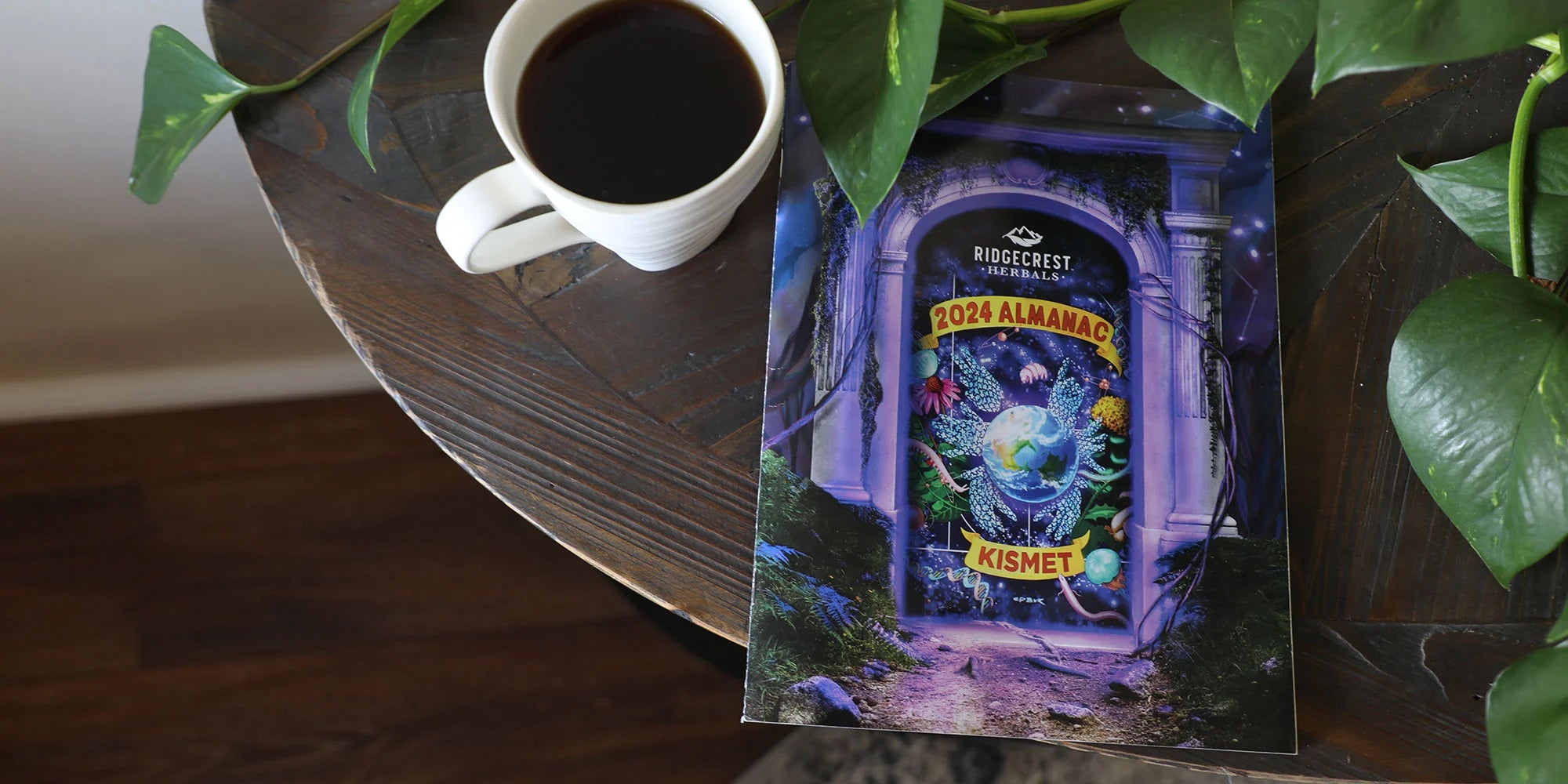Your digestive system works to turn food & liquids into the fuel your body needs. Saliva is formed in your mouth when you see, smell, or think about food and begins to break it down for digestion. Food goes down the esophagus to your stomach, which stores food and gastric juices turn it into a liquid mixture and destroy bacteria.
Next is the small intestine. It is about 1 ½-2 inches around and about 22 feet long. Here, food breaks down to liquid even more so your body can absorb the vitamins, minerals, proteins, fats, & carbohydrates. The pancreas digests fats & proteins, the gallbladder stores bile, and the liver produces bile to absorb fats into the bloodstream. Your liver also filters out harmful substances and waste and stores vitamins and nutrients.
The last section is the large intestine. It’s 3-4 inches around and about 5 feet long. It has a tiny tube with a closed end coming off of it called the appendix, whose purpose is still being determined, but it may be to protect the good bacteria of the gut. Part of the large intestine is the colon, the last stop to absorb water and minerals. As the liquid is absorbed, the waste left gets harder and keeps moving until it becomes a solid stool. It is then pushed into the rectum and stays there (hopefully) until you are ready to make a bowel movement.
Drinking water and eating foods high in fiber help the whole process run smoothly.



